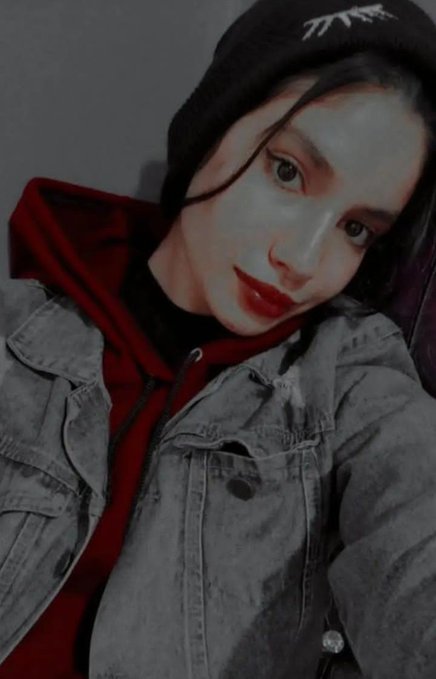1. To understand Iran's protests it's striking to juxtapose images of the young, modern women killed in Iran over the last week (Mahsa Amini, Ghazale Chelavi, Hanane Kia, Mahsa Mogoi) with the images of the country's ruling elite, virtually all deeply traditional, geriatric men. 







2. 83-year-old @khamenei_ir has been ruling since 1989. He's the only leader many young protestors have ever known. The institutions he's empowered-and empower him-are likeminded hardliners whose main source of diversity is whether their beards and turbans are black or white 



3. The powerful Guardian Council--which is headed by 95-year-old Ayatollah Jannati--has the authority to vet all electoral candidates and veto all parliamentary legislation. It's composed of 12 men, all directly or indirectly appointed by Khamenei 



4. The Assembly of Experts are 88 male clerics-all Khamenei loyalists-who have the power to anoint/remove the Supreme Leader. The joke about them is their average age is deceased. It's also chaired by 95-year-old Ayatollah Jannati (who makes Khamenei look youthful) 



5. The Expediency Council is an advisory body to the Supreme Leader. It's composed of 44 men, appointed every 5 years by Khamenei, and headed by 61-year-old Ayatollah Sadeq Larijani. 



6. Khamenei is commander-in-chief of Iran's most powerful military body, the Islamic Revolutionary Guards Corps (IRGC), led by 61-year-old Hossein Salami. The IRGC are around 190,000 men who oversee the bassij (morality police) that crush protests and enforce female dress code 



7. 61-year-old President Ebrahim Raisi is Khamenei's mini-me. His career was launched after serving as a hanging judge in the first decade of the revolution, when he oversaw the execution of thousands of political prisoners 

8. It's premature to assess whether Iran's ongoing protests will lead to change. But it's totally unsustainable that Iran's women-who are far more educated than its men-will continue to live under a gender apartheid regime ruled by reactionary old men
https://twitter.com/ksadjadpour/status/1572912267825676288?s=20&t=_pM8ncaUJHhWkvEelrKGQg
• • •
Missing some Tweet in this thread? You can try to
force a refresh







